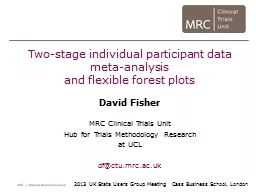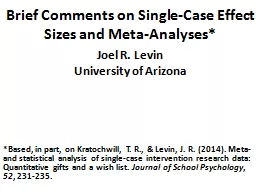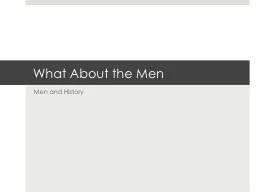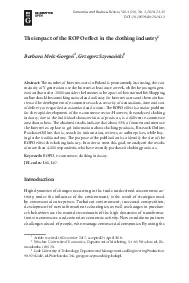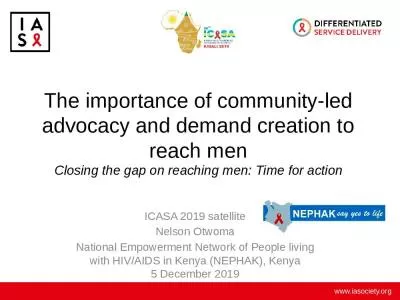PDF-Analysis of the ROPO Effect amongst Men
Author : telempsyc | Published Date : 2020-11-20
8 in the Clothing Industry in Poland DOI 10560401300100139011 Abstract aim of the article is to present and analyse the results of research on the extent of WKHx00035232x0003HIIHFWx000
Presentation Embed Code
Download Presentation
Download Presentation The PPT/PDF document "Analysis of the ROPO Effect amongst Men" is the property of its rightful owner. Permission is granted to download and print the materials on this website for personal, non-commercial use only, and to display it on your personal computer provided you do not modify the materials and that you retain all copyright notices contained in the materials. By downloading content from our website, you accept the terms of this agreement.
Analysis of the ROPO Effect amongst Men: Transcript
Download Rules Of Document
"Analysis of the ROPO Effect amongst Men"The content belongs to its owner. You may download and print it for personal use, without modification, and keep all copyright notices. By downloading, you agree to these terms.
Related Documents


